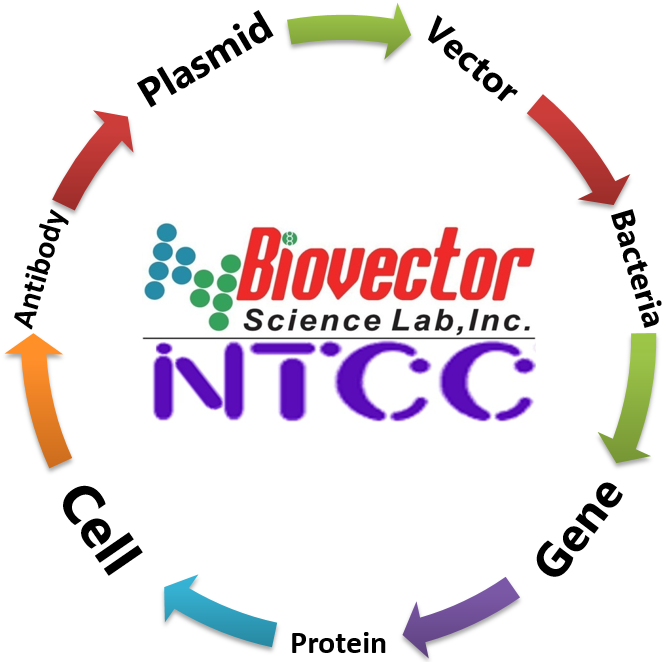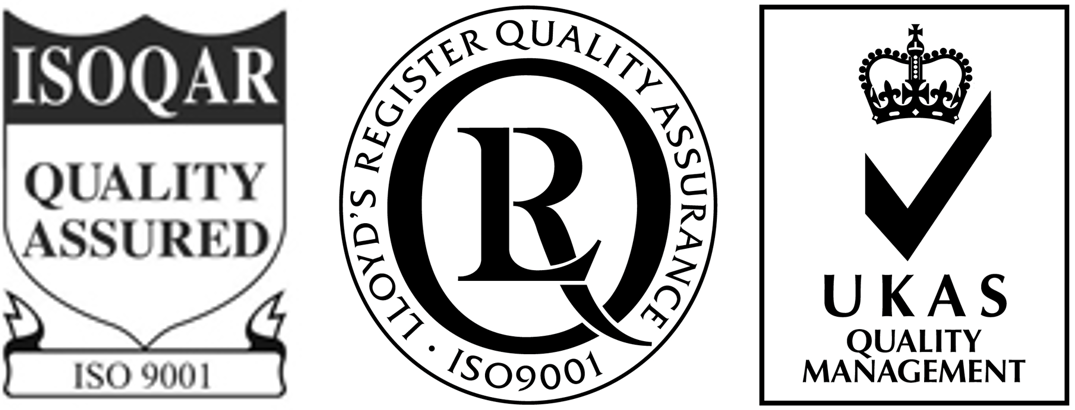ISE6 Cell Line黑腿蜱自發永生化細胞株及完全培養基Ixodes scapularis (Black-legged tick) (Deer tick)來源-BioVector NTCC細胞保藏中心
- 價 格:¥99850
- 貨 號:NTCC?-CRL3576
- 產 地:北京
- BioVector NTCC典型培養物保藏中心
- 聯系人:Dr.Xu, Biovector NTCC Inc.
電話:400-800-2947 工作QQ:1843439339 (微信同號)
郵件:Biovector@163.com
手機:18901268599
地址:北京
- 已注冊
ISE6 Cell Line黑腿蜱自發永生化細胞株Ixodes scapularis (Black-legged tick) (Deer tick)來源-BioVector NTCC細胞保藏中心
ISE6 is a tick-derived cell line. This product is an progeny of NTCC?CRL-11974 cited in US Pat. No. US 5,869,335.

- Product category
- Animal cells
- Organism
- Ixodes scapularis
- Morphology
- Epithelial-like and/or round; neuronal-like
- Tissue
- Embryo
- Applications
- Vector-borne disease research
- Product format
- Frozen
- Storage conditions
- Vapor phase of liquid nitrogen
General
- Specific applications
- ISE6 cells may be used to investigate tick- and tick-born pathogens as well as obligate intracellular pathogens. Useful for the growth and study of obligate intracellular bacteria such as those in the genera Rickettsia, Anaplasma, and Ehrlichia. This cell line may also be used to propagate arboviruses and vector-borne flaviviruses (i.e., Semiliki Forest, Hazara, or Langat viruses).
Characteristics
- Cells per vial
- 1.0 x 107
- Growth properties
- Adherent
- Age
- embryo
- Karyotype
- ISE6 cells are have 28 chromosome; 26 autosomes plus 2 sex chromosomes.
- Comments
- ISE6 cells were isolated from embryonated eggs of the black-legged tick (Ixodes scapularis).
Handling information
- Unpacking and storage instructions
Check all containers for leakage or breakage.
Remove the frozen cells from the dry ice packaging and immediately place the cells at a temperature below --130°C, preferably in liquid nitrogen vapor, until ready for use.
- Complete medium
The complete medium for this cell line is L15B (see media formulation supplemental data) + 5% heat-inactivated FBS (ATCC 30-2020) + 0.1% Lipoprotein-cholesterol concentrate
ATCC Medium: L-15B
Stock A
CoCl2.5H2O (Sigma, C8661-25G) ………………………………..….. 2 mg
CuSO4.H2O (Sigma C8027-500G) …………………………………… 2 mg
MnSO4.H2O (Sigma M7899-500G) …………………………………. 16 mg
ZnSO4.7H2O (Sigma Z0251-100G) …………………………………. 20 mg
Cell culture grade water (Invitrogen 15230162) …………………… 10 mL
Agitate well at a low speed until the solution becomes clear. After adding 100 μL stock A to Stock D, store in -20°C.
Stock B
Na2MoO4.2H2O (Sigma M1651-100G) ……………………………… 2 mg
Cell culture grade water (Invitrogen 15230162) …………………… 10 mL
Agitate well at a low speed until the solution becomes clear.
After adding 100 μL stock B to Stock D, store in -20°C.
Stock C
Na2SeO3 (Sigma S5261-10G ) ……………………………………… 2 mg
Cell culture grade water (Invitrogen 15230162) …………………… 10 mL
Agitate well at a low speed until the solution becomes clear. After adding 100 μL stock C to Stock D, store in -20°C.
Stock D
Ascorbic acid (Sigma A4403-100MG) …………………………….. 100 mg
Glutathione, reduced (Sigma G6013-5G) ………………………….100 mg
FeSO4.7H2O (Sigma F8633-250G) …………………………………... 5 mg
Cell culture grade water (Invitrogen 15230162) …………………… 9.7 mL
Stock A …………………………………………………………………. 100 μL
Stock B …………………………………………………………………. 100 μL
Stock C …………………………………………………………………. 100 μL
Add components listed above in order. For example, after 100 mg Ascorbic acid is dissolved, add 100 mg Glutathione. Add 5mg FeSO4.7H2O after Glutathione is dissolved. Once all of these components are dissolved well, combine this solution and 100 μL Stock A, 100 μL Stock B, 100 μL Stock C lastly to make 10 mL Stock D. After adding 1 mL Stock D into 1 L of L-15B, store at -20°C.
* Note: FeSO4.7H2O is light sensitive and rapidly oxidized by heat.
Stock E
p-aminobenzoic acid (Sigma A9878) ………………………….……. 10 mg
Cyanocobalamine (B12) (Sigma V6629-250MG) …………………... 5 mg
d-Biotin (Sigma B4639-100MG) ……………………………………….1 mg
Cell culture grade water (Invitrogen 15230162) ………….………… 10 mL
Agitate well at a low speed until the solution becomes clear. After adding 1 mL Stock E into 1 L of L-15B, store in -20°C.
Final product L-15B
L-15 powder (Gibco 41300039) ………………………………… 1 pkg (1 package)
L-aspartic acid (Sigma A7219-100G) ……………………………. 0.299 g
L-glutamine (Sigma G8540-25G) ………………………………….0.292 g
L-proline (Sigma P5607-25G……………………………………… 0.300 g
L-glutamic acid (Sigma G8415-100G) …………………………… 0.490 g
a-ketoglutaric acid (Sigma K1128-5G) …………………………… 0.299 g
D-glucose (Sigma G7021-100G) …………………………………..14.41 g
Stock D ………………………………………………………………. 1.0 mL
Stock E ………………………………………………………………. 1.0 mL
Cell culture grade water (Invitrogen 15230162) ………….………700 mL (Final 1000 mL)
*Note: Use fresh L-glutamic acid: expired in 1 year at 4 °C
*Note: Stir slowly until all components are dissolved well without heating (< 1 hr). While stirring, protect the media from light.
Adjust pH to 7.2 by adding 10N NaOH (~0.5 mL).
Bring the volume up to 1L with Cell culture grade water.
Filter the media with 0.22 μm aPES filter unit. Aliquot 500 mL and store at 4 °C. Media expires 6 months from preparation date or the expiration date of the shortest shelf life component.
- Temperature
- 30-34°C
- Atmosphere
- 100% Air
- Handling procedure
Handling Procedure for Frozen Cells
To insure the highest level of viability, thaw the vial and initiate the culture as soon as possible upon receipt. If upon arrival, continued storage of the frozen culture is necessary, it should be stored in liquid nitrogen vapor phase and not at -70°C. Storage at -70°C will result in loss of viability.
SAFETY PRECAUTION: ATCC highly recommends that protective gloves and clothing always be used and a full face mask always be worn when handling frozen vials. It is important to note that some vials leak when submersed in liquid nitrogen and will slowly fill with liquid nitrogen. Upon thawing, the conversion of the liquid nitrogen back to its gas phase may result in the vessel exploding or blowing off its cap with dangerous force creating flying debris.
1. Thaw the vial by gentle agitation in a 37°C water bath. To reduce the possibility of contamination, keep the O-ring and cap out of the water. Thawing should be rapid (approximately 2 minutes).
2. Remove the vial from the water bath as soon as the contents are thawed, and decontaminate by dipping in or spraying with 70% ethanol. All of the operations from this point on should be carried out under strict aseptic conditions.
3. Transfer the vial contents to a centrifuge tube containing 9.0 ml complete culture medium and spin at approximately 125 xg for 5 to7 minutes.
4. Resuspend cell pellet with the recommended complete medium (see the specific batch information for the culture recommended dilution ratio) and dispense into a 25 cm2 or a 75 cm2 culture flask. It is important to avoid excessive alkalinity of the medium during recovery of the cells. It is suggested that, prior to the addition of the vial contents, the culture vessel containing the complete growth medium be placed into the incubator for at least 15 minutes to allow the medium to reach its normal pH (7.0 to 7.6).
5. Incubate the culture at 31°C in a suitable incubator. A free gas exchange with atmospheric air is recommended if using the medium described on this product.
- Subculturing procedure
- Volumes used in this protocol are for non-vented(plug cap) 75 cm2 flask; proportionally reduce or increase amount of dissociation medium for culture vessels of other sizes. Corning? Plug seal cap T-75 flasks (catalog #430720U) are recommended for subculturing this product.
Do not use trypsin to detach cells. At the time of subculture, the medium in the culture flask should first be replaced with fresh culture medium.
Tapping the flask may work if cells are loosely attached. The cells are then flushed off the growth surface using a serological pipette to direct a stream of medium at the cell layer until all have been detached.
Once collected, detached cells can be counted and seed into a new flask at appropriate seeding density without centrifugation.
It is recommended to subculture once a week. Do not change media before 7 days. If cells are not ready for subculture at Day 7, media change should be performed. If cells appear to be detached the day following the media change, collect and centrifuge the floating cells and proceed with subculture as previously described. Combine cell pellet from the floating cells with the collected adherent cells before performing a cell count.Add appropriate aliquots of the cell suspension to new culture vessels.
Cultures can be established between 2.0 x 1054 and 4.06.0 x 105 viable cells/cm2.Incubate cultures at 32.0°C.
Interval: Maintain cultures at a cell concentration between 1.0 X 1054 and 5.0 X 105 cell/cm2.Subcultivation Ratio: A subcultivation ratio of 1:2 to 1:68 is recommendedMedium Renewal: Once per week - Reagents for cryopreservation
- Complete culture medium + 5% DMSO
Quality control specifications
- Bacterial and fungal testing
- Not detected
- Mycoplasma contamination
- Not detected
- 公告/新聞




